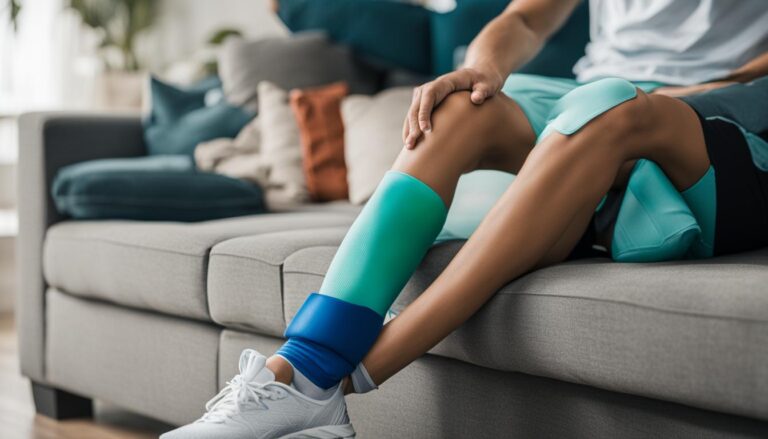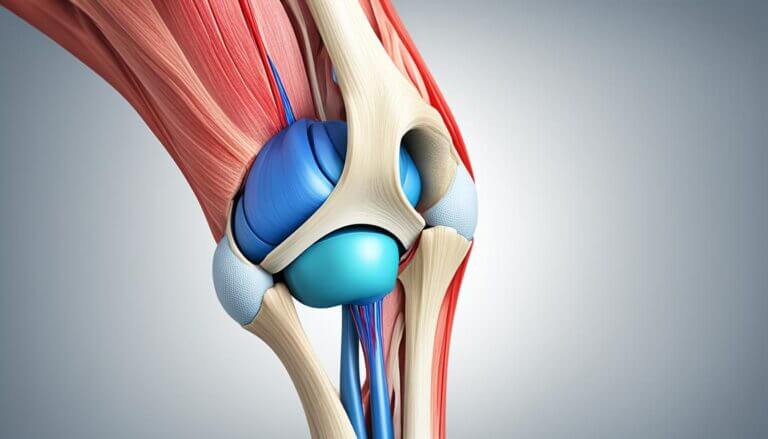Sports such as football and basketball are better for the bone health of young athletes than running alone
Young athletes who participate in multi-directional sports, rather than specializing in a uni-directional sport like running, can build stronger bones that may be at less risk of bone injuries as adults, according to a new study from researchers at Indiana University.
The study, published in the American College of Sports Medicine’s Medicine and Science in Sports and Exercise, examined Division I and II female cross-country runners, who often suffer from bone stress injuries such as stress fractures. The researchers found that athletes who ran at a younger age and participated in sports that require movement in many directions – such as basketball or football – had better bone structure and strength than those who only walked, swam or cycled.
As a result, the study’s findings support recommendations that athletes delay specialization in running and practice multi-directional sports when they are younger, to build a more robust skeleton – and possibly prevent bone stress injuries.
“Our data shows that playing multi-directional sports at a younger age rather than specializing in one sport, such as running, reduces a person’s risk of bone injuries by developing a larger, stronger skeleton,” said Stuart Warden, associate dean for research and Chancellor’s Professor at the IU School. of Health and Human Sciences at IUPUI. “There is a common misconception that children need to specialize in a single sport to succeed at the next level. However, recent data indicate that athletes who specialize at a young age are at greater risk of an overuse injury and are less likely to progress to another sport. higher levels of competition.”
Historically, Warden said, researchers have examined bone mass — how much bone a person has — to determine how healthy their skeleton will be throughout life. But in previous studies, Warden and his colleagues found that as a person ages, both mass and size are equally important.
In the current study, the researchers used high-resolution imaging to assess the tibia near the ankle and the bones in the feet, where bone strain injuries are common in runners. They found that the athletes who participated in both running and multi-directional sports at a younger age had 10 to 20 percent more bone strength than athletes who only ran.
“Our research shows that the runners who participated in multi-directional sports at a younger age had stronger bones than collegiate athletes, putting them at lower risk for bone stress injuries, including stress fractures,” Warden said. “We want to ensure that people have better, stronger bones as they grow, become adolescents and go through life. If they specialize in one sport at too young an age, they are more likely to get injured and not make it to collegiate and professional level.”
Warden said anyone supervising a junior athlete or team — whether parents, coaches or trainers — should think twice about forcing them to specialize in one area too early. To allow for proper growth and development, he recommends that young athletes not specialize until their freshman year of high school. For athletes who already play multi-directional sports, he said it’s important that they take time off during the year for rest and recovery, which can improve both bone strength and performance.
Other authors of the study included Austin Sventeckis, Ph.D. student, and Robyn Fuchs, associate professor, from the IU School of Health and Human Sciences at IUPUI, and Rachel Surowiec from the School of Engineering and Technology at IUPUI.




